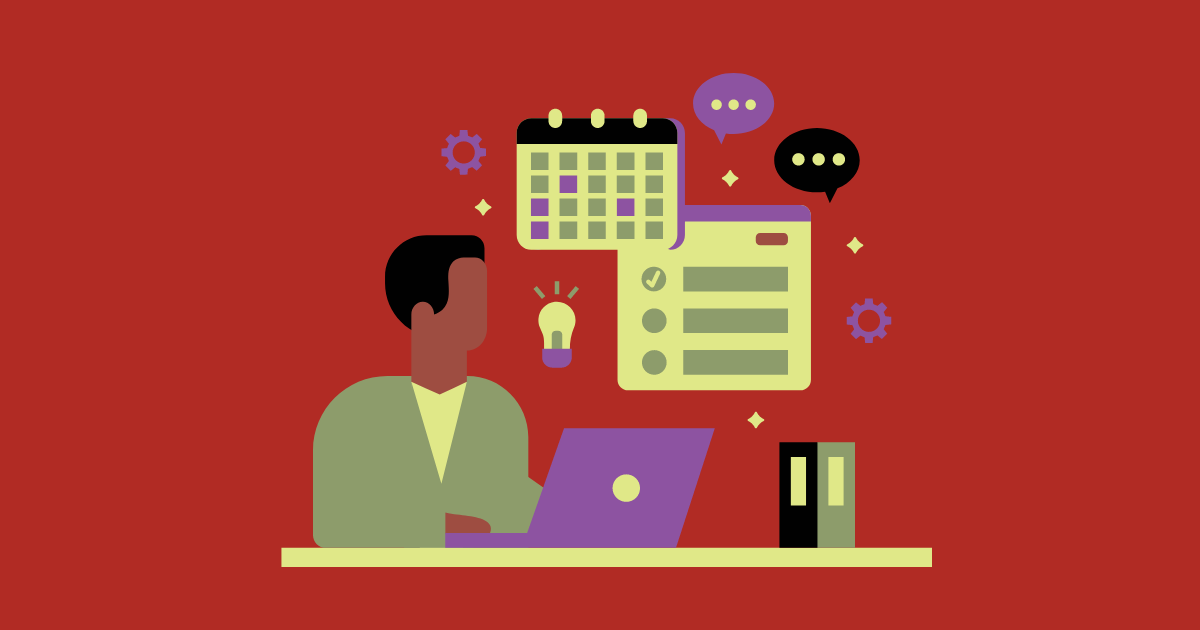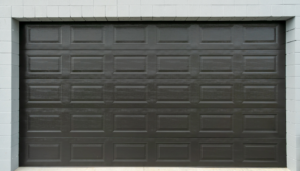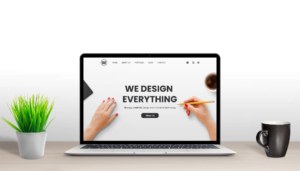Discover key tips for creating impressive audio/video design projects. Learn how to enhance your visuals and sound for top-quality results.
Want to set up a home theatre that feels like your own personal movie heaven? You’re not the only one!
We all want that perfect setup where we can sit back and watch our favourite movies with top notch sound and picture.
But let’s be real—home theatre installation can be a bit difficult.
Between choosing the right gear and figuring out where everything goes it can get overwhelming fast.
Don’t worry though!
In this post I’ll show you some simple tips and tricks to make your audio/video design projects the best it can be.
From choosing the right gear to making sure everything works together, you’ll get all the info you need to make movie nights epic.
Ready to turn your lounge room into a mini cinema? Let’s start!
Audio/Video Design Basics
Before diving into any audio/video design projects it’s good to understand the basics.
Think of audio/video design like a recipe: you need to know the ingredients and how they mix.
What is Audio/Video Design?
It’s about creating and combining sound and vision to make something engaging. Whether it’s a video for a birthday party or a professional project, you’re mixing audio and video elements.
Key Elements include audio quality, video resolution and sync.
Audio quality means no distortion. Video resolution means how sharp and detailed your visuals are. Sync means your audio and video match up so your movie doesn’t look out of sync.
Common Myths: Some people think you need high end gear to get good results. Not true! You can create great content with basic tools.
And remember, you don’t need to be a pro to make something awesome. Sometimes getting started is absolutely free and can be done with what you already have.
How to Plan Your Project
Planning is like drawing a map before a road trip. It makes everything easier.
- Setting Goals helps you work out what you want your project to achieve. Do you want to create a fun video for your family or a professional looking one? Knowing your goal will guide your decisions.
- Audience Considerations are key. Who will be watching or listening? For a family video you might want to keep it light and fun. For a business project you might need to be more polished. Tailor your design to your audience and your project will be more effective.
- Budget and Resources: You don’t have to break the bank. There are plenty of tools and software that are affordable or free. Make a list of what you need and look for deals or free options to fit your budget. Smart budgeting means you can create something great without overspending.
Audio Quality Tips
Good audio can make or break your job. Let’s get it right.
- Choose the Right Microphone: There are different types of microphones for different jobs. For clear speech a condenser mic is a good choice. For recording from a distance a shotgun mic might be better. Pick one that suits your project.
- Recording Techniques: To get clean sound choose a quiet space. Speak clearly and avoid background noise. If you’re recording music or dialogue use a pop filter to reduce harsh sounds.
- Edit Audio: Once recorded you’ll need to clean up your audio. Use editing software to remove noise and balance the sound levels. Small adjustments make a big difference in how professional your audio sounds.
Video Quality Tips
Good video quality keeps your viewers watching. Here’s how.
- Camera: Whether you’re using a camera or smartphone make sure it has good resolution. Look for autofocus and image stabilization to improve your video quality.
- Lighting: Good lighting is essential for clear video. Use natural light when you can or invest in some affordable lighting gear. Avoid harsh shadows and make sure your subject is well lit.
- Edit Video: Editing helps refine your video. Use editing software to smooth out transitions, correct colours and add effects. This will make your video look more professional and interesting.
How to Sync Audio and Video
Syncing is key to a smooth viewing experience. Let’s get everything in line.
Why Syncing is Important: Syncing audio and video is so that what you hear matches what you see. If they’re out of sync it can be distracting and look amateur.
Tools and Software: There are several tools that can help you sync your audio and video.
Programs like Adobe Premiere Pro or even some free options can make this process easier. Look for software that lets you adjust and align your tracks.
Troubleshooting: If your audio and video aren’t syncing, check your software settings and adjust them.
Sometimes re-syncing will fix minor issues. Always preview your project before you export it to catch any sync problems.
How to Polish
Now you’ve got the basics covered it’s time to add the extras.
- Add Graphics and Text: Graphics and text can make your project more interesting. Use them to highlight points or add a bit of fun. Make sure they match your style and tone.
- Music and Sound Effects: Adding background music or sound effects can enhance your project. Choose music that fits the theme and adds to the viewer’s experience. Don’t overdo it; the sound should support not overpower your main content.
- Final Check: Review your project for any final tweaks. Check if everything looks and sounds good. Small adjustments can make a big difference in how professional your project looks.
Don’t Do This
- Overdesigning: It’s easy to get carried away with fancy features. Keep it simple and focus on the essentials. Sometimes less is more and a simple design can be very powerful.
- Ignoring Feedback: Don’t skip getting feedback from others. They can spot things you missed and offer good suggestions. Make changes based on their feedback to improve your project.
- Not Quality Checking: Always review your project before you export it. Check for mistakes or issues. Better to catch and fix problems early than to end up with a finished project that needs to be redone.
Conclusion
In summary, making an awesome audio/video design projects isn’t hard.
By getting the basics, planning and paying attention to the details you can create something cool.
Remember, practice makes perfect. Keep using these and improve.
And share your projects or ask for feedback. I’d love to see what you make!









+ There are no comments
Add yours